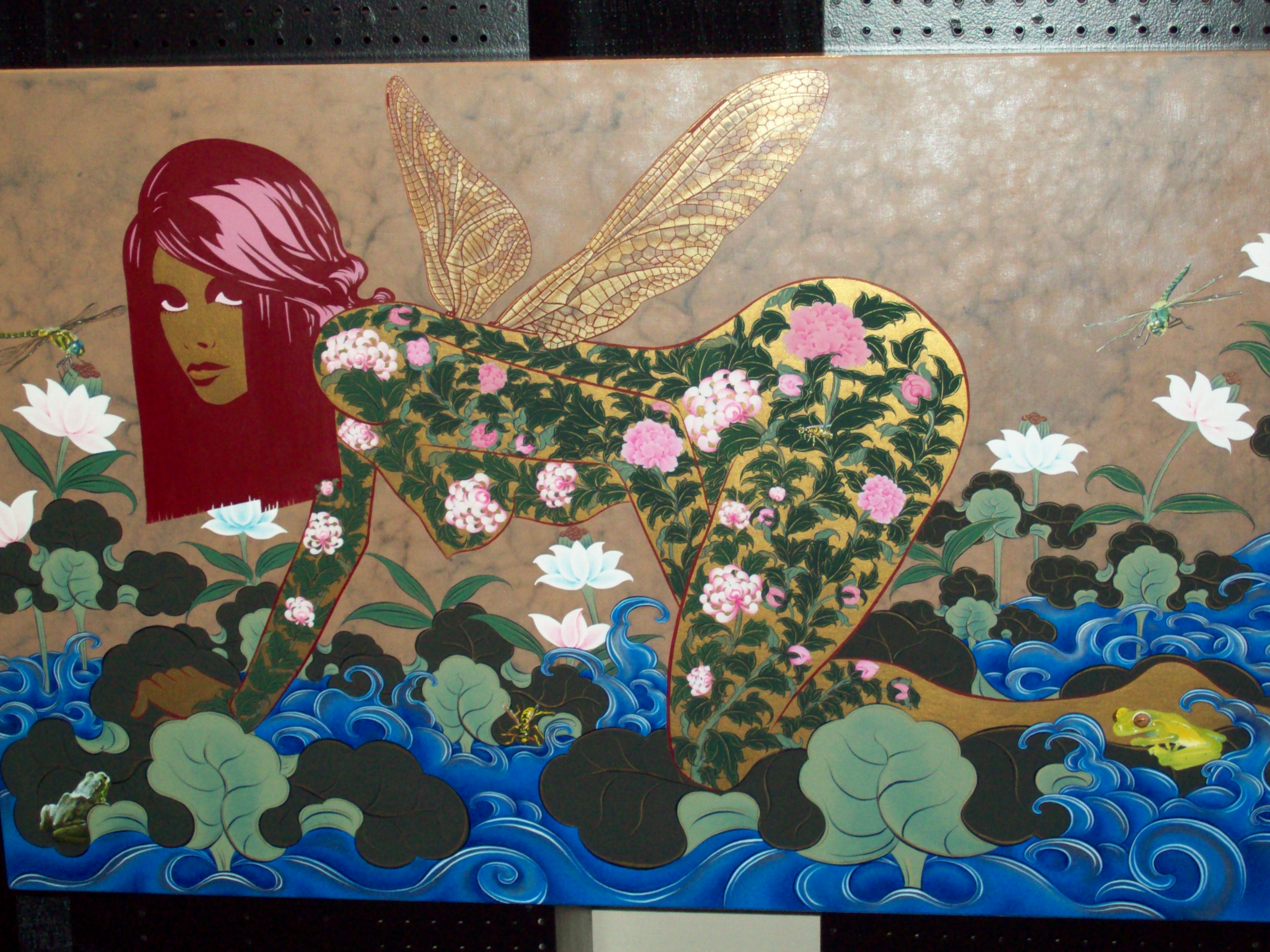SURREALISM
This blog is for academic purposes in the partial fulfilment of ACHG 200 Assignment 1 at the Design Department, Pearson Institute of Higher Education.
Surrealism is an avant-garde movement that began in the early 1920s that released the creative potential of the unconscious mind which made paintings seen or placed together with a contrasting effect (juxtaposition).
HISTORY
This movement started around 1920's in Europe after World war 1. It combined elements of Dada and cubism to create something new to the world. Poets and writers however were the first people to have it out in the world. However André Brenton is known as the "Pope of Surrealism." (Charles Moffat, 2011).André Brenton explained surrealism as "psychic automatism in its pure state by which one proposes to express - verbally, by means of the written word, or in any other manner - the actual functioning of thought." This meant that most artists went over the reasoning and phobia of getting their unconscious mind (The Art Foundation, 2017). Later on, these techniques became automatism that made artists forgo conscious thought and embrace chance when creating art (The Art Foundation, 2017).
"The Interpretation of Dreams" was one of the most influential books to the surrealists in 1899. This book was written by Sigmund Freud who justified the importance of dreams and the unconscious as valid revelations of human emotion and desires hence a basis for theoretical Surrealism thus each artist doing their paintings basing on their own recurring dreams or/and unconscious mind (The Art Foundation, 2017).
Main artists involved in this movement were:
-Andre Breton (1896-1966) -Antonin Artaud (1896-1948)
-Andre Breton (1896-1966) -Antonin Artaud (1896-1948)
-Joan Miro (1893-1983)
-Salvador Dali (1904-1989)
-Pablo Picasso (1881-1973)
-Max Ernst (1891-1976)
-Marcel Duchamp (1887-1968) -Giorgio de Chirico (1888-1978) -Rene Magritte (1898-1967)
-Yves Tanguy (1900-1955)
-Frida Kahlo (1907-54) among others.
-Salvador Dali (1904-1989)
-Pablo Picasso (1881-1973)
-Max Ernst (1891-1976)
-Marcel Duchamp (1887-1968) -Giorgio de Chirico (1888-1978) -Rene Magritte (1898-1967)
-Yves Tanguy (1900-1955)
-Frida Kahlo (1907-54) among others.
| The Persistence of Memory by Salvador Dali (Mamta Bhatt 2016). |
This is the most famous or well known painting in the history of Surrealism. It is the iconic ode to time according to Salvador. His inner workings of subconscious are reflected by the dripping clocks and also show that time as we know it is meaningless.
MODERN PAINTING.
 |
| (Jacek Yerka, 2012) |
According to my view, the painter tried to reflect the sadness because of a breakup thus the woman in the center and on the left woman with a child on the left. He shows a sad man that tries to hide his face hence looking at the back playing his harp.
So he displayed his message properly.
CONCLUSION
In conclusion, Surrealism has helped me as a graphic designer to be creative through unconsciousness and making it real through illustrating. This has also also made me more creative in the world of design since there is no limit or restrictions of art.SOURCES
Charles Moffat, 2011. Art History Archive.The Origins of Surrealism. Online. Available at:http://www.arthistoryarchive.com/arthistory/surrealism/Origins-of-Surrealism.html
Accessed on: 28/04/2017
The Art Foundation, 2017. The Art Story. Surrealism. Online. Available at:
http://www.theartstory.org/movement-surrealism.htm
Accessed on: 28/04/2017
Mamta Bhatt 2016. All that is interesting. Surrealism Art: Seven Iconic Surrealist Artists and Paintings. Online. Available at:
Accessed on: 28/04/2017
Mamta Bhatt 2016. All that is interesting. Surrealism Art: Seven Iconic Surrealist Artists and Paintings. Online. Available at:
http://all-that-is-interesting.com/most-iconic-surrealist-paintings
Accessed on: 28/04/2017
Accessed on: 28/04/2017
Jacek Yerka, 2012. Cuded. 20 Inspirational Surreal Paintings. Online. Available at:
http://www.cuded.com/2012/10/20-inspirational-surreal-paintings/
Accessed on: 28/04/2017
http://www.cuded.com/2012/10/20-inspirational-surreal-paintings/
Accessed on: 28/04/2017

.jpg)



